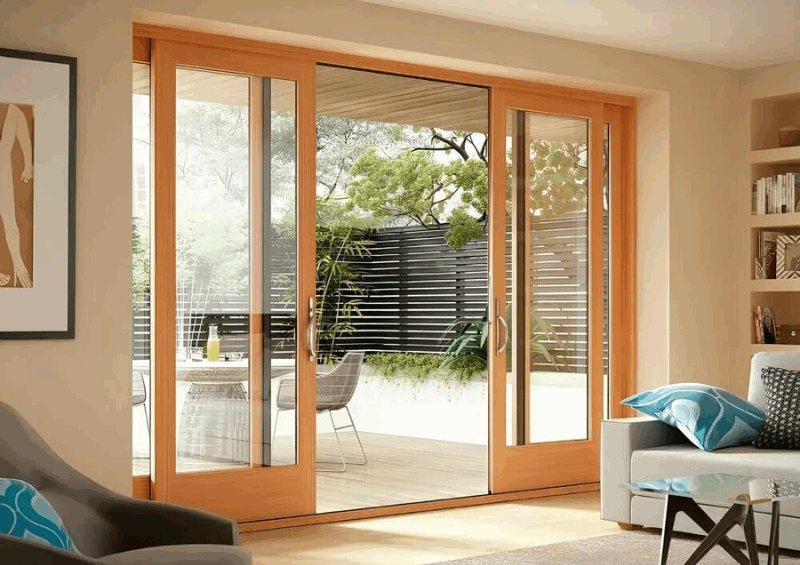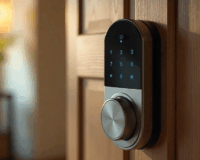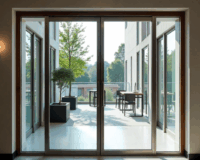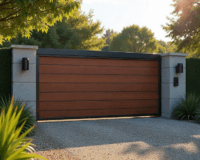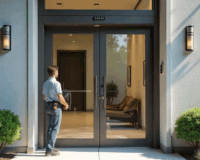In the era of smart and sustainable construction, every part of a building plays a role in improving energy performance, from lighting and insulation to HVAC systems. Yet, one often-overlooked element in this equation is the door. It might seem simple, but every time a door opens, conditioned indoor air escapes while outdoor air seeps in. Over time, this constant exchange can cause significant energy loss.
That’s where energy efficient door systems come in. Modern automatic doors, equipped with intelligent sensors and advanced sealing technologies, are designed not just for convenience or accessibility, they’re also powerful tools for reducing energy waste. As architects and facility managers search for new ways to build greener, smarter spaces, these door systems have become a quiet revolution in energy-saving design.
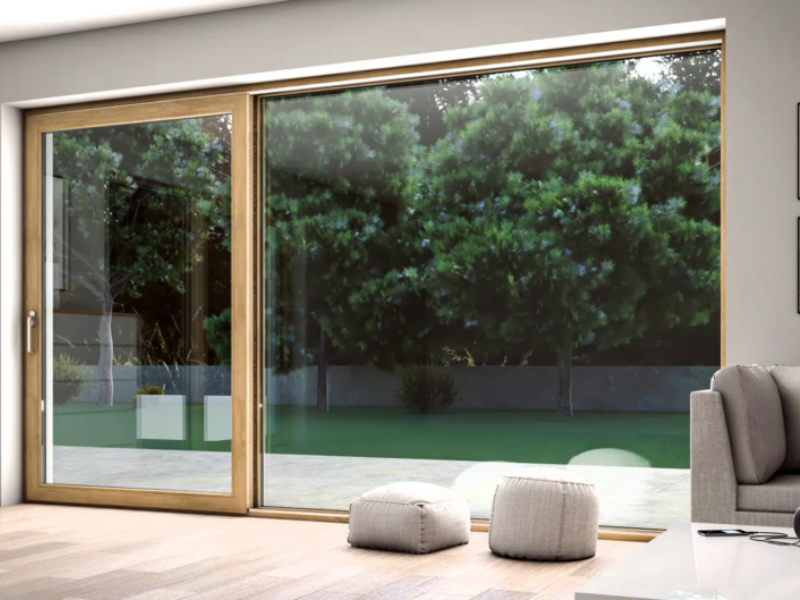
Why Traditional Doors Waste Energy
Think about a busy shopping mall or office building. Every time a traditional hinged door is opened, heated or cooled air escapes, forcing the HVAC system to work harder to maintain indoor comfort. This invisible loss adds up quickly, especially in places with high foot traffic. In fact, studies suggest that inefficient doorways can account for up to 30% of unnecessary heating and cooling energy loss in commercial spaces.
Manual doors also depend heavily on human behavior. People often leave them open longer than necessary, or prop them open for convenience, which makes the building’s climate control system less effective. The result is higher energy consumption, inconsistent indoor temperatures, and even reduced air quality. For businesses focused on sustainability, this is both an environmental and financial setback.
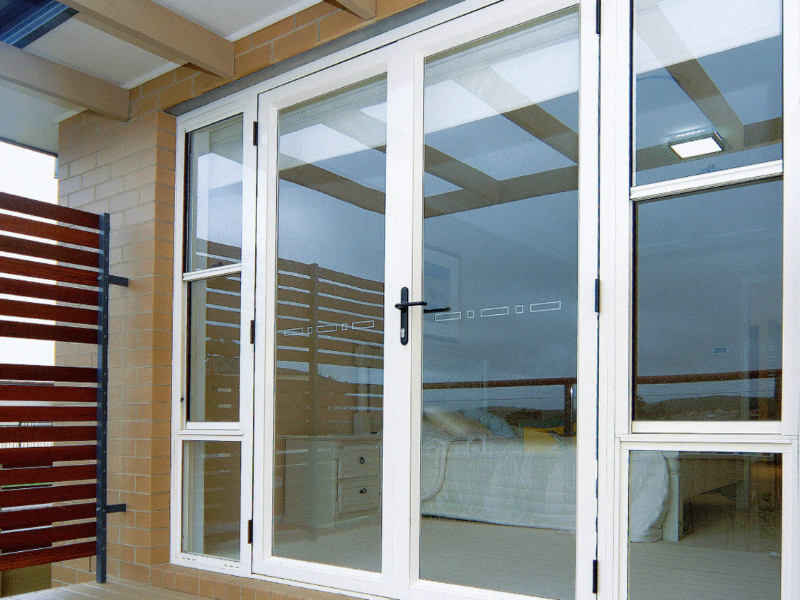
How Automatic Doors Improve Energy Efficiency
Automatic doors address these inefficiencies with precision. They open only when someone approaches and close immediately after passage, minimizing the time that interior air is exposed to the outside. This simple difference can significantly reduce the workload on heating and cooling systems.
Modern energy efficient door systems go a step further. They are equipped with tight sealing mechanisms, insulated panels, and smart sensors that adapt to traffic flow. For example, if a single person walks through, the door opens just wide enough to allow entry, rather than fully extending. This level of intelligent control reduces air exchange, maintains consistent indoor temperatures, and ultimately leads to measurable energy savings.
In large buildings, automatic doors can even be integrated into the Building Management System (BMS). This allows the doors to communicate with HVAC and lighting controls, adjusting their behavior based on occupancy levels or outside weather conditions. It’s an elegant example of how technology can create harmony between comfort and conservation.
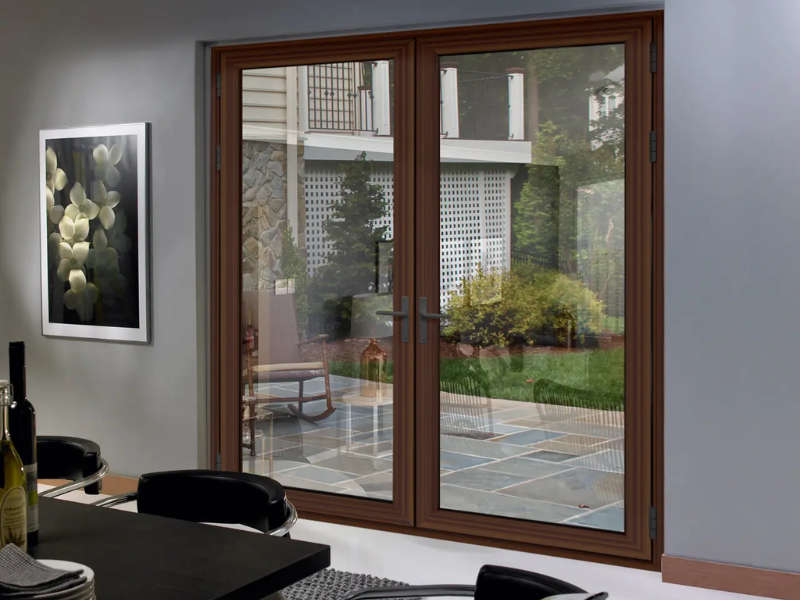
Airflow Control: The Science Behind the Savings
One of the most impressive benefits of automatic doors is their ability to regulate airflow. In modern buildings, managing how air moves between different zones is crucial to maintaining efficiency. Automatic doors help control this by opening quickly, sealing tightly, and often working in pairs to create a kind of air buffer.
This concept, known as a vestibule design, uses two sets of automatic doors to form an airlock between indoor and outdoor environments. When one door opens, the other remains closed, preventing conditioned air from rushing out. It’s a small architectural detail that delivers big energy savings, particularly in climates with extreme temperatures.
In more specialized environments like hospitals, laboratories, or cleanrooms, automatic doors are also vital for maintaining air pressure. They help keep sterile areas isolated and reduce the energy demand required to control airflow. In every case, the science is simple: the less uncontrolled air exchange, the more stable and energy-efficient the building becomes.
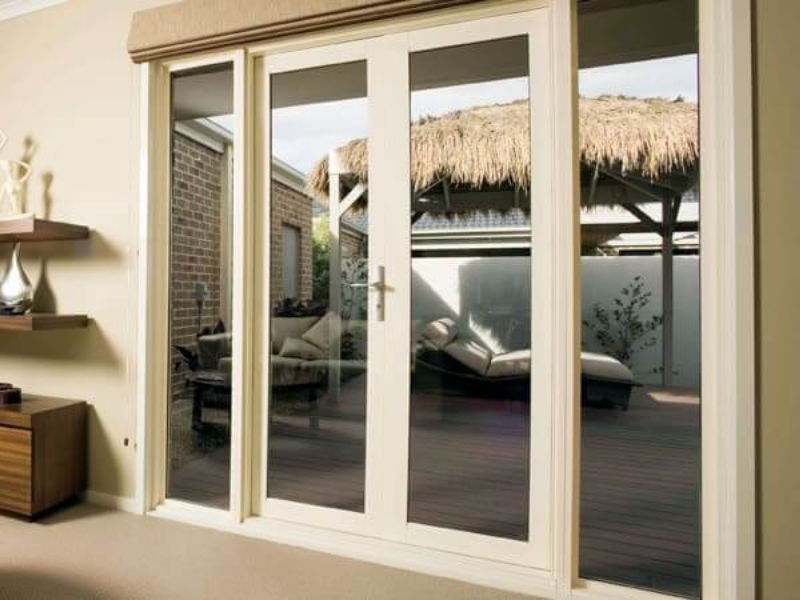
The Many Faces of Energy Efficient Door Systems
Automatic doors come in several designs, each with unique advantages depending on how and where they’re used. Sliding doors are perhaps the most familiar, often seen in supermarkets, airports, and hospitals. Their smooth, silent motion and wide openings make them ideal for busy areas, while their fast response times help minimize air leakage.
Swing doors, on the other hand, are perfect for smaller spaces such as office buildings or apartment complexes. When fitted with intelligent sensors and door closers, they combine energy efficiency with a traditional appearance. Revolving doors, though a classic design, remain one of the most effective options for maintaining indoor climate. Because they form a continuous airlock, they drastically reduce direct air exchange, making them especially valuable for hotels and corporate headquarters.
In industrial settings, high-speed automatic doors are the champions of energy conservation. They open and close in seconds, keeping temperature-sensitive areas — like warehouses or cold storage facilities — stable and efficient. Regardless of the design, all these doors share one purpose: to create a smarter barrier between indoors and outdoors.
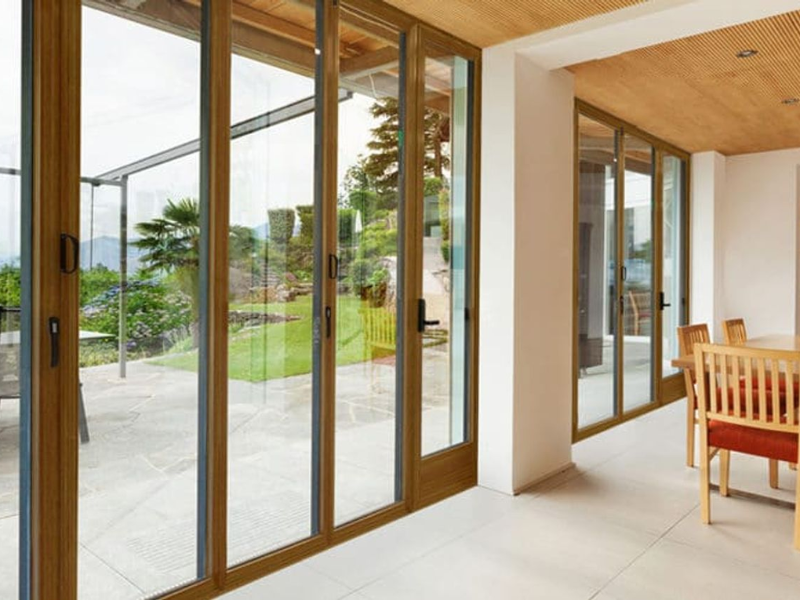
Real Results: Energy Efficiency in Action
The benefits of energy efficient door systems aren’t just theoretical. Around the world, businesses and institutions are already seeing tangible results.
A large retail chain in Europe, for instance, replaced all of its manual doors with automatic sliding models. Within a year, the company reported a 15% reduction in energy bills and noticeably more stable indoor temperatures. In hospitals, hermetic automatic doors have not only improved hygiene by limiting air exchange but also reduced HVAC operating hours by nearly 20%.
In another case, an office complex seeking LEED certification integrated its automatic doors into the building’s management software. The system automatically adjusted opening times based on occupancy levels, contributing valuable energy efficiency credits toward its green building rating. These examples show how even a small architectural upgrade can lead to significant environmental and economic rewards.
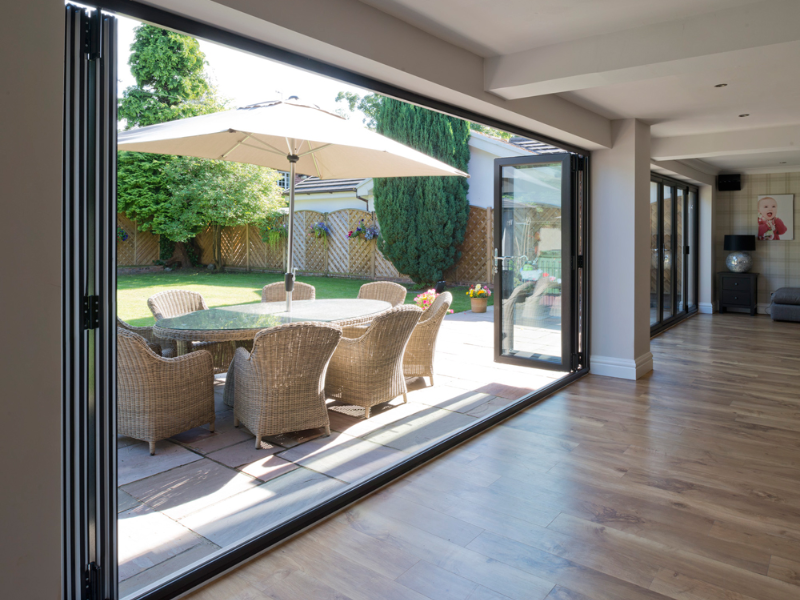
Beyond Energy Savings: A Sustainable Choice
While the primary goal of energy efficient door systems is to cut energy use, their benefits go far beyond that. By reducing the load on HVAC systems, they also lower carbon emissions — an important contribution to corporate sustainability goals. Many modern doors are built using eco-friendly materials, such as recycled aluminum or low-carbon steel, making them an environmentally responsible choice from production to operation.
Automatic doors also enhance comfort and accessibility. They eliminate drafts, prevent uneven temperatures, and make entry effortless for everyone, including people with disabilities. Combined with low-maintenance designs and durable, brushless motors, they offer both long-term performance and a reduced need for replacement or repair. In short, they make buildings more comfortable, inclusive, and sustainable all at once.
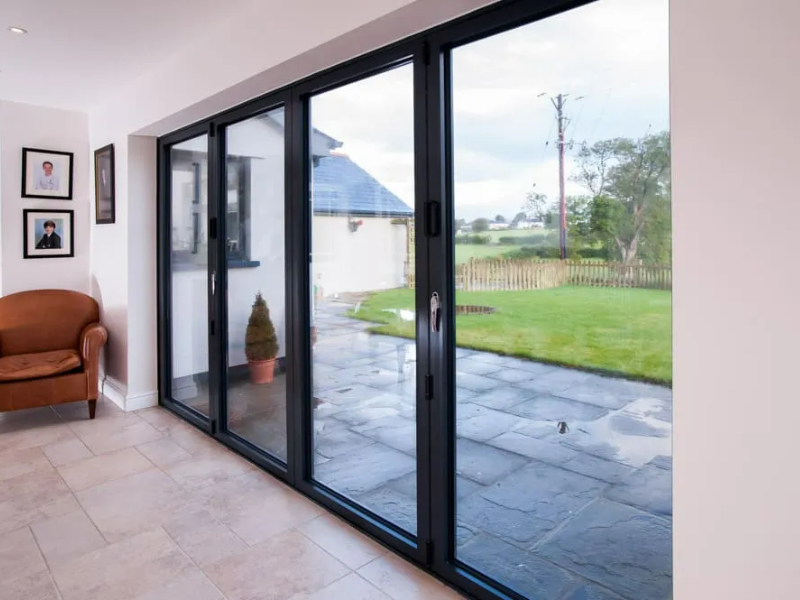
Choosing the Right Energy Efficient Door System
Selecting the right automatic door involves more than just aesthetics. It’s important to consider the building’s purpose, the volume of foot traffic, and local climate conditions. For instance, in regions with hot summers or cold winters, choosing doors with high thermal insulation and airtight seals is essential to minimize temperature fluctuations.
Integration capability is another key factor. A door system that connects with HVAC and lighting controls can maximize overall building efficiency. It’s also worth checking for certifications such as LEED, Energy Star, or ISO 14001, which ensure compliance with global energy performance standards.
Finally, the choice of materials and design details — from insulated glass panels to smart motion sensors — can make a big difference in long-term performance. Consulting with professional installers and maintenance providers ensures that the system performs at its best from day one.
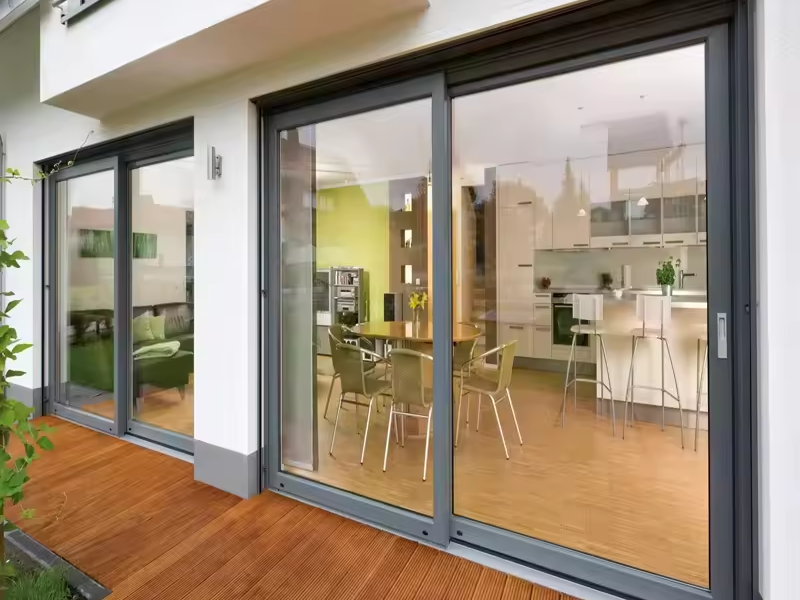
Automation and the Future of Smart Buildings
The role of automatic doors is expanding rapidly as part of the broader smart building movement. With the rise of the Internet of Things (IoT), doors are no longer isolated mechanical elements — they’re becoming intelligent components in a connected ecosystem.
Imagine a door that adjusts its opening behavior based on weather data or foot traffic patterns, or one that sends alerts for preventive maintenance before energy-wasting issues arise. Some systems already offer AI-driven analytics to optimize performance and predict usage trends. Others can coordinate with lighting and HVAC systems, automatically dimming lights or adjusting airflow when the doors are closed.
These innovations demonstrate how the simple act of entering a building can be seamlessly tied to a larger network of energy management and sustainability solutions.
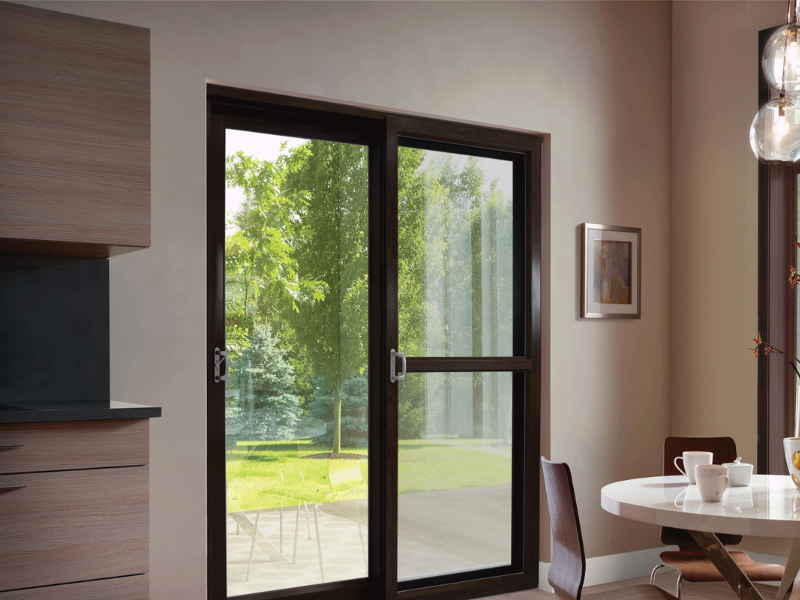
Keeping Energy Efficiency at Its Peak
Even the most advanced door systems need proper care to perform at their best. Professional installation ensures that seals are tight, sensors are properly aligned, and door movements are optimized for efficiency. Regular inspections help catch issues early — like worn seals or misaligned tracks — that can lead to small but costly energy leaks over time.
For digital systems, keeping software up to date is just as important. Manufacturers frequently release updates that improve performance algorithms or enhance security, ensuring that your doors remain both safe and efficient. Routine cleaning and light lubrication also go a long way in maintaining smooth, low-friction movement that minimizes energy use.
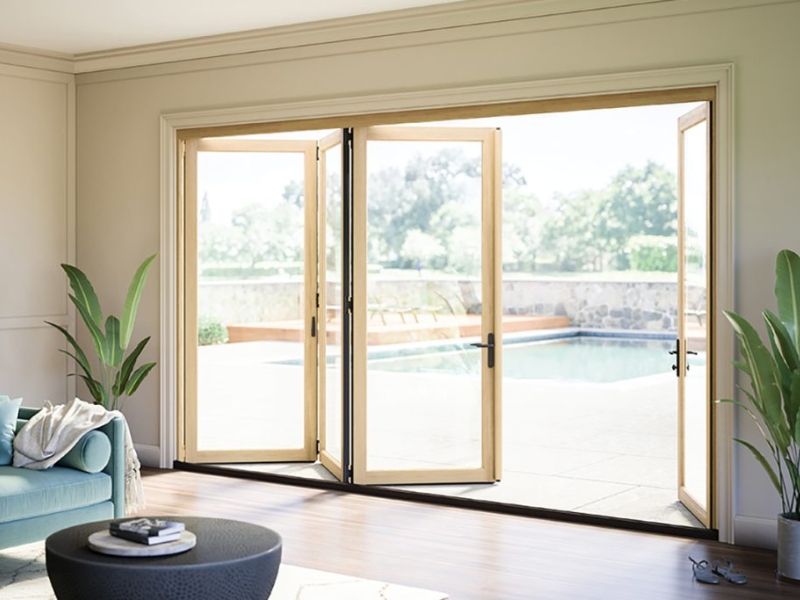
Looking Ahead: Innovations on the Horizon
The next generation of energy efficient door systems promises even greater sustainability. We’re beginning to see models powered partly by solar energy, allowing sensors and motors to run off renewable sources. Some designs feature smart glass that automatically adjusts tint to control solar heat gain, reducing the need for interior cooling. Others are built entirely from recycled or bio-based materials, offering strength and performance without environmental compromise.
As these innovations continue, the humble doorway will play an even greater role in the story of energy-efficient architecture. It’s a reminder that sustainability doesn’t always require massive change — sometimes, it begins with something as simple as how we enter and exit a space.
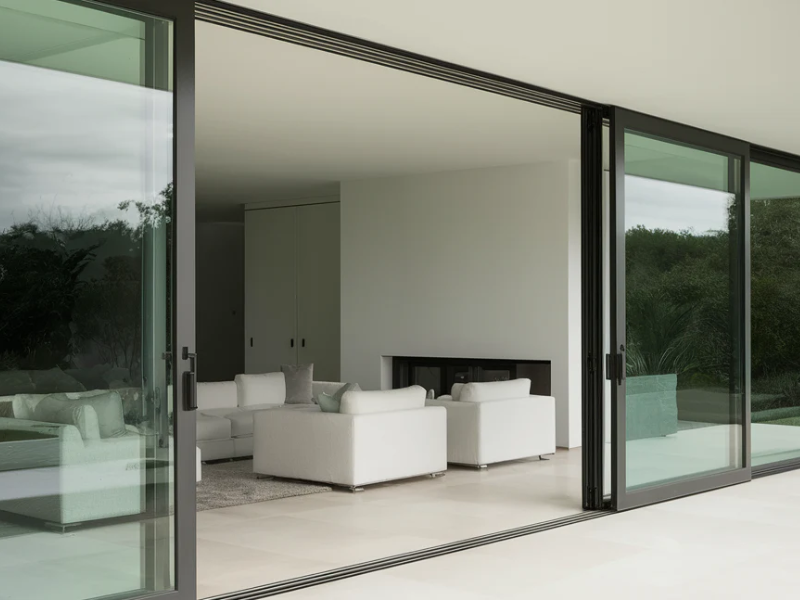
Conclusion: Opening the Door to a Greener Future
Energy efficiency isn’t just about saving money; it’s about shaping the future of how we live and work. In this mission, energy efficient door systems have emerged as quiet yet powerful allies. They combine technology, design, and environmental responsibility in a single, seamless experience.
From reducing air leakage to integrating with smart systems, automatic doors help buildings maintain comfort, reduce waste, and contribute to global sustainability goals. Whether in a hospital, an office tower, or a bustling retail space, these doors prove that small design decisions can lead to big environmental impacts.
The next time you walk through an automatic door, remember: it’s not just opening for you — it’s helping open the path toward a cleaner, more energy-efficient world.
Whether you’re designing a new building or upgrading an existing one, Energy Efficient Door Systems are a smart investment for reducing costs and improving performance. Start your journey toward a greener, smarter space today.

